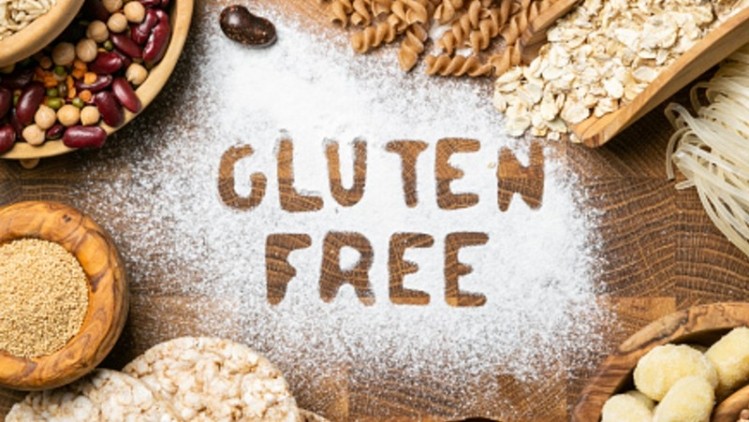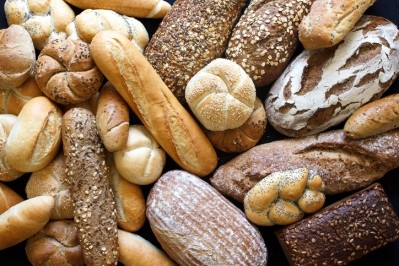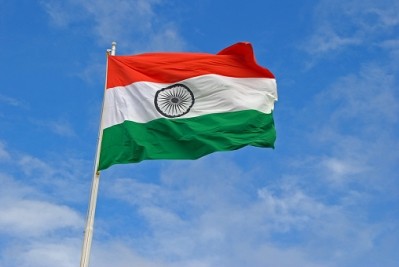Contamination risk: ‘Gluten-free’ grain-based foods in India found to contain up to 90 times permissible levels

These high-risk populations include coeliac disease (CD) patients, where gluten consumption triggers an immune reaction that damages the small intestine and often causes serious health complications; as well as those with gluten or wheat allergies who will experience anaphylactic symptoms.
Researchers from the National Institute of Nutrition (NIN) in Hyderabad, India analysed 160 grain-based food products (RTE foods, flours, grains) by purchasing these from online grocery platforms, retail outlets or other local sources. Of these, 51 products were labelled as gluten-free, and 109 were naturally gluten-free (e.g. dahl, millet, quinoa, buckwheat, oats).
Many of these were found to be contaminated with gluten above the legally accepted limits as set by the Food Safety and Standards Authority of India (FSSAI) at 20mg/kg (gluten-free) or 20mg/kg to 100mg/kg (low gluten).
“[This is worrying because] a gluten-free diet is the only treatment currently available for coeliac patients and gluten contamination of foods [that are] naturally free of gluten is concerning, particularly for this group,” principal investigator of the study Dr S. Devindra said.
“It is especially so because previous studies have indicated that the prevalence of CD in India may actually be higher than we previously thought (most reports put this at 1% in North India and lower in South India).”
He added that in India, naturally gluten-free foods are a more common dietary strategy to deal with CD as opposed to labelled gluten-free products due to cost-effectiveness.
Gluten analysis revealed that 36.7% (40 of 109 products analysed) of naturally gluten-free products and 9.8% (five of 51 products analysed) of labelled gluten-free products contained gluten levels above the permissible limits.
“Oats showed particularly high results, with almost 85% (17 of 20 products analysed) showing gluten levels above 20 mg/kg – the most contaminated sample contained over 1,830mg/kg of gluten, over 90 times the permitted levels,” said Dr Devindra.
Amongst the naturally gluten-free products, rice (44%), ragi (32%) and sorghum (20%) all showed significant levels of gluten contamination, as did all four samples of gram flour analysed; whereas for products that were labelled as gluten-free, the most significant issue came from multigrain products at 25% (three of 12 products analysed).
So which products are safer?
Based on the study results, buckwheat, quinoa, pulses, millets and soy products are currently the safest in terms of gluten non-contamination as high levels were not found in any of these items.
In addition, gluten-free products labelled as such still look to be safer than depending on natural ones. That said, cost still remains an issue, so if selecting naturally gluten-free grains, the better option would still be to go for branded items.
“No gluten contamination was found in branded rice, ragi or sorghum, although branded millets and gram flour still did,” said Dr Devindra.
“[Flour is still risky no matter the source though] - nearly 70% of the local brands, 30% of the flour mill samples and 13% of the branded samples were contaminated, [likely] due to cross-contamination from the usage of common collection bags, utility areas or handling procedures with [wheat] flour.”
Gluten contamination in other countries
Other than India, gluten contamination of supposedly gluten-free foods has been a common concern in several other countries.
Australia was one of these, especially last year when 3% of foods claiming to be gluten-free were found to contain gluten. The number (seven of 256 samples) was miniscule compared to the numbers seen in India, but the issue has been taken very seriously by authorities and recent Food Standards Australia New Zealand (FSANZ) data says that these numbers have dropped since.
A study by the University of Cambridge also revealed a similar issue in Brazil, where 21.5% (28 out of 130 samples) of bakery products making gluten-free claims were found to contain gluten, and the researchers recommended ‘legislation, control measures and supervision’ to solve this.
Study: Gluten contamination in labelled and naturally gluten-free grain products in southern India
Source: Food Additives & Contaminants: Part A
Authors: Raju, N. et. al.





















